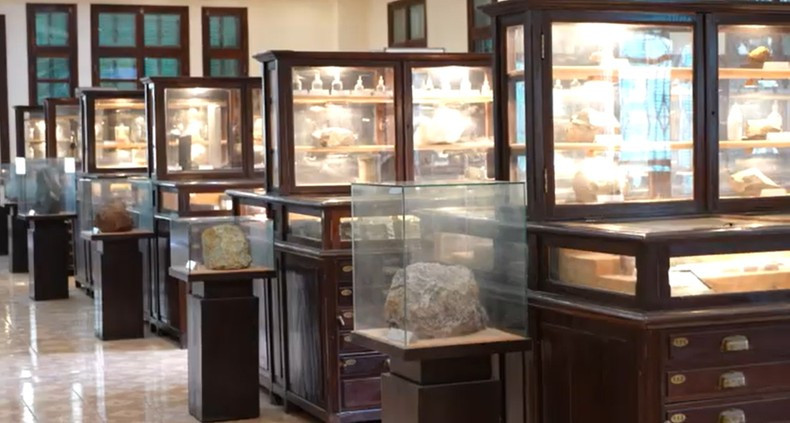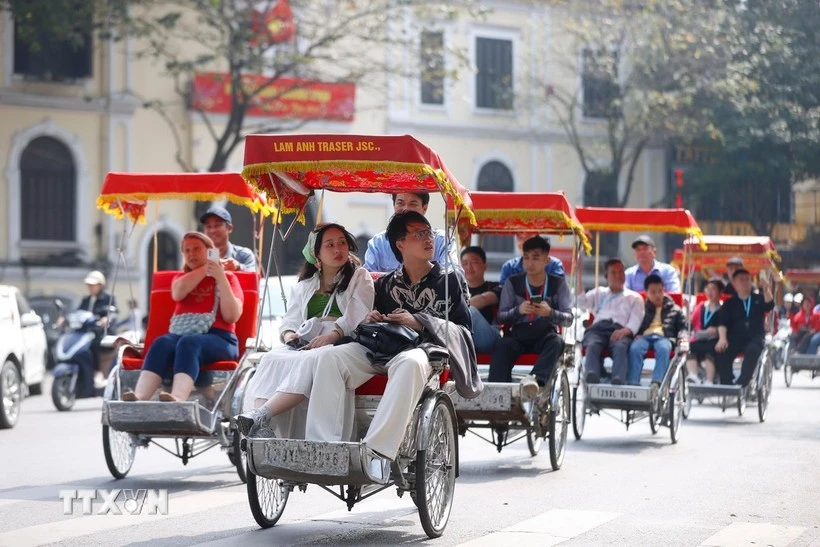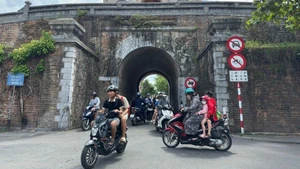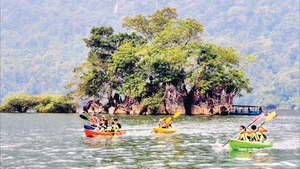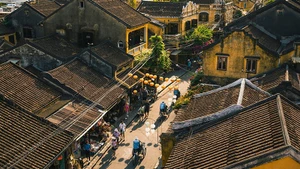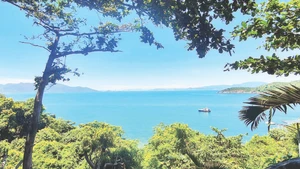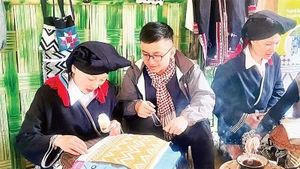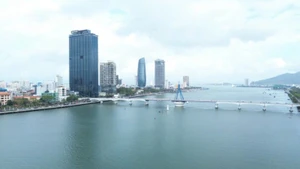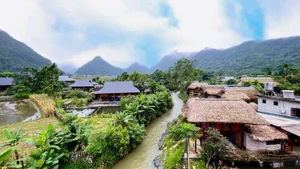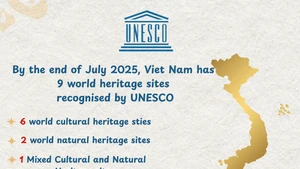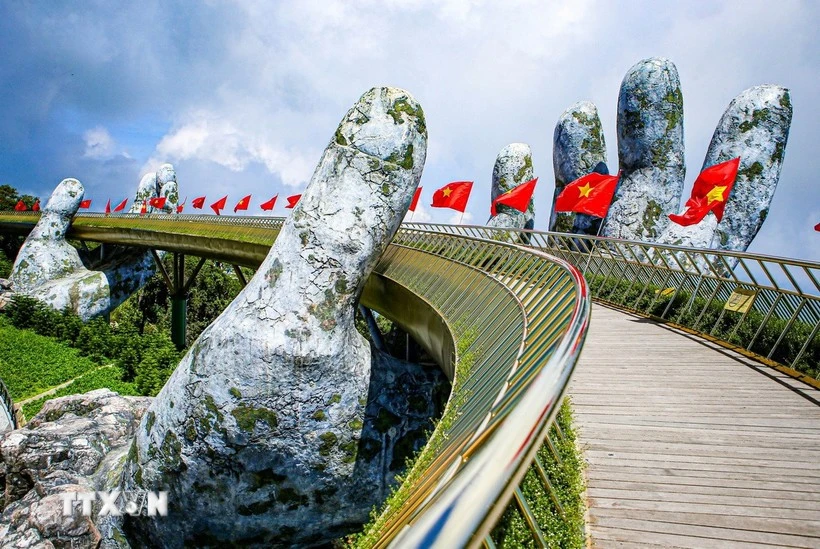Here, visitors can learn about the formation and development of Earth through incredibly unique and valuable exhibits. This is not just a place for research purposes, but also a chance to marvel at natural wonders amid the bustling capital city.
The Hanoi Geological Museum is located within the premises of the Department of Geology and Minerals, at 6 Pham Ngu Lao Street, Hoan Kiem District. The museum traced its origin to 1898 when the Indochinese Geological Department was established. Two French geologists, Honoré Lantenois and Henri Mansuy, were responsible for building the museum, which was completed in 1914.
In 1928, the museum expanded its collection with specimens from across Indochina. It’s divided into four main sections, mineralogy, petrology, palaeontology and prehistory.
After Hanoi was liberated in 1954, the museum came under the management of the Geology Department of the Ministry of Industry. It continued to develop under the guidance of the director of the former Soviet Union’s Leningrad Geological Museum in 1963.
 |
| Entry to the museum is free, making it accessible for visitors of all ages to explore and learn. |
The current geological museum is a specialised natural science museum, playing a crucial role in researching, collecting, preserving, displaying, and disseminating knowledge about Vietnamese geology and minerals, as well as their evolutionary history.
The museum spans three floors with a total area of 1,200 square metres, housing over 4,000 specimens including precious stones, minerals and rare fossils. Visitors to the museum will embark on a fascinating journey where each exhibit tells a story about the formation and transformation of Earth.
 |
| A museum staff introduces visitors to precious stone specimens from Vietnam. |
The first floor focuses on introducing Earth's structure and the geological evolution of Vietnam from its earliest times to the present. This exhibition demonstrates Vietnam's mineral potential and geological relationship with international geology.
Through vivid models and geological maps, this is an ideal place to understand the significant changes that have influenced Vietnam's structure and environment. These insights help raise awareness about the continuous changes in our planet.
 |
| A cone-shaped fossil discovered in Na Duong, Lang Son in 2002 is the largest palaeontological specimen on display at the museum. |
 |
| The oldest rock collection from Vietnam dates back to the Archean era, approximately 4,500 years ago, discovered in Kon Tum. |
 |
| The first floor also displays geological specimens gifted to Vietnam by various countries around the world. |
The second floor displays numerous rare exhibits about minerals and geological specimens from Vietnam. Here, visitors can admire sparkling gemstones, aragonite crystal samples, and rich mineral specimens from various regions.
These exhibits are not only scientifically valuable but also unique artistic works, showcasing the diversity of Vietnam's natural resources. Notably, two precious meteorites discovered in Quang Nam and Soc Trang stand out.
 |
| A meteorite discovered by the French in Soc Trang in 1921. |
 |
| A meteorite found in Hoi An, Quang Nam in 1941. |
These specimens are not only visually appealing but also provide valuable insights into biological and geological history. This is an important section that helps visitors better understand the development of life on Earth.
 |
| Sand samples collected from different regions of Vietnam. |
The final floor is a thematic exhibition area preserving rare exhibits from domestic and international sources. Of particular note are palaeontological specimens from animals and plants. Animal fossils include remarkable items such as dinosaur thigh bones, rhinoceros jaw fragments, and stone artefacts of the dinosaur period.
 |
| A diverse collection of earth, rock, and liquid specimens is displayed on the museum's third floor. |
 |
| A Titanosaurus femur fossil excavated in Laos in 1935. |
Visitors can also closely examine tree trunk fossils formed from trees buried for many years underground in sedimentary layers or volcanic rock.
The beautiful leaf fossils in Hon Gai, Quang Ninh, are particularly popular among visitors.
 |
| Leaf fossils discovered by a French collector in Hon Gai, Quang Ninh. |
The Hanoi Geological Museum preserves and displays rare specimens, significantly contributing to scientific research and education. Moreover, it is an intriguing destination to learn more about Earth's knowledge and geological science. In doing so, it helps each person develop a greater love for nature and raise awareness about protecting our living environment.
